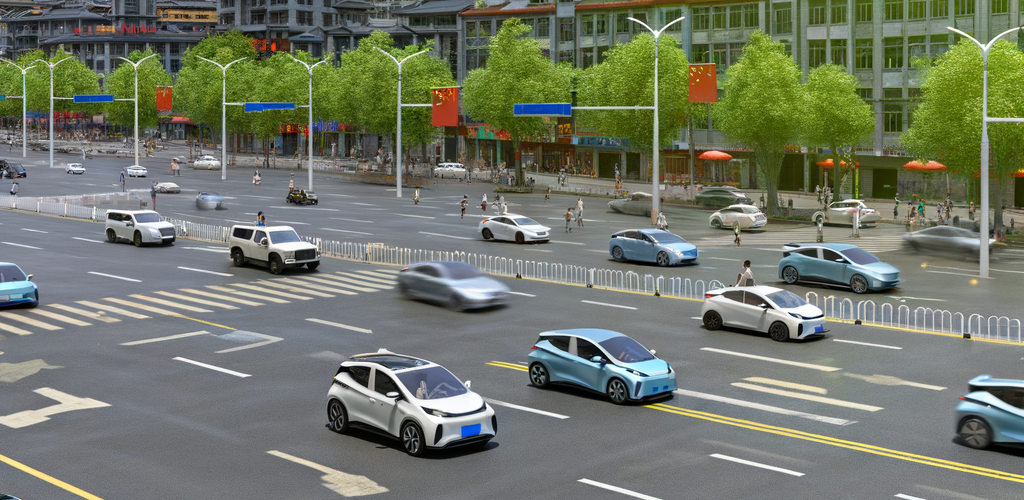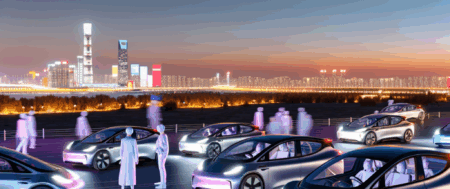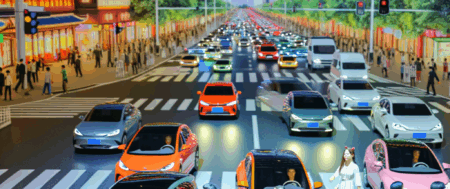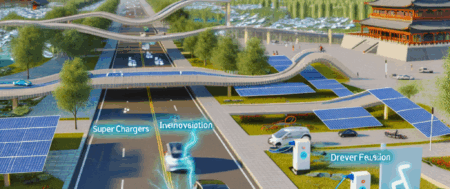In China, the Largest Automotive Market, top brands face fierce market competition, navigating through a complex regulatory landscape, shifting consumer preferences, and rapid technological advancements. The race towards dominating the Electric Vehicles (EVs) and New Energy Vehicles (NEVs) segment is intensified by environmental concerns and government incentives, aiming to make China a green technology leader. Success hinges on foreign automakers and domestic car brands’ ability to appeal to an expanding middle class with a penchant for high-tech, eco-friendly vehicles. Strategic partnerships, often in the form of joint ventures, are crucial for foreign brands to gain market insights and navigate regulations. Companies are compelled to innovate due to stringent emissions and safety standards, with those adept at aligning with government incentives, adapting to consumer preferences, and leveraging technological advancements leading in this dynamic sector, propelled by urbanization and a growing economy.
In the heart of the global automotive sphere, China’s ascension to the status of the world’s largest automotive market is not just a title but a transformative epoch in the industry’s history. With its sprawling urban landscapes and a growing economy fueling the aspirations of a burgeoning middle class, China’s automotive sector is a vibrant theater of technological advancements, strategic partnerships, and intense market competition. This dynamic environment, fueled by the relentless pace of urbanization and the pressing environmental concerns of our times, has become the proving ground for both domestic car brands and foreign automakers. As these entities navigate through China’s complex regulatory landscape, the allure of the largest automotive market is juxtaposed with the challenges it presents.
The article ahead delves into the intricacies of competing in a market where consumer preferences lean increasingly towards Electric Vehicles (EVs) and New Energy Vehicles (NEVs), driven by substantial government incentives and a collective push towards sustainability. We explore how top brands are redefining their strategies and forming crucial joint ventures with local companies to unlock the immense potential of the Chinese consumer base. From the bustling streets of Shanghai to the expansive roads of rural China, the narrative of the automotive industry is being rewritten, emphasizing innovation and adaptability in the face of evolving market trends and government policies.
Join us as we navigate the future of the automotive industry in “Navigating the Future: How Top Brands Compete in the World’s Largest Automotive Market Amidst Growing Economy and Urbanization,” offering a panoramic view of how the fusion of traditional automotive excellence with cutting-edge technological advancements is shaping the future of mobility in China and beyond.
1. “Navigating the Future: How Top Brands Compete in the World’s Largest Automotive Market Amidst Growing Economy and Urbanization”
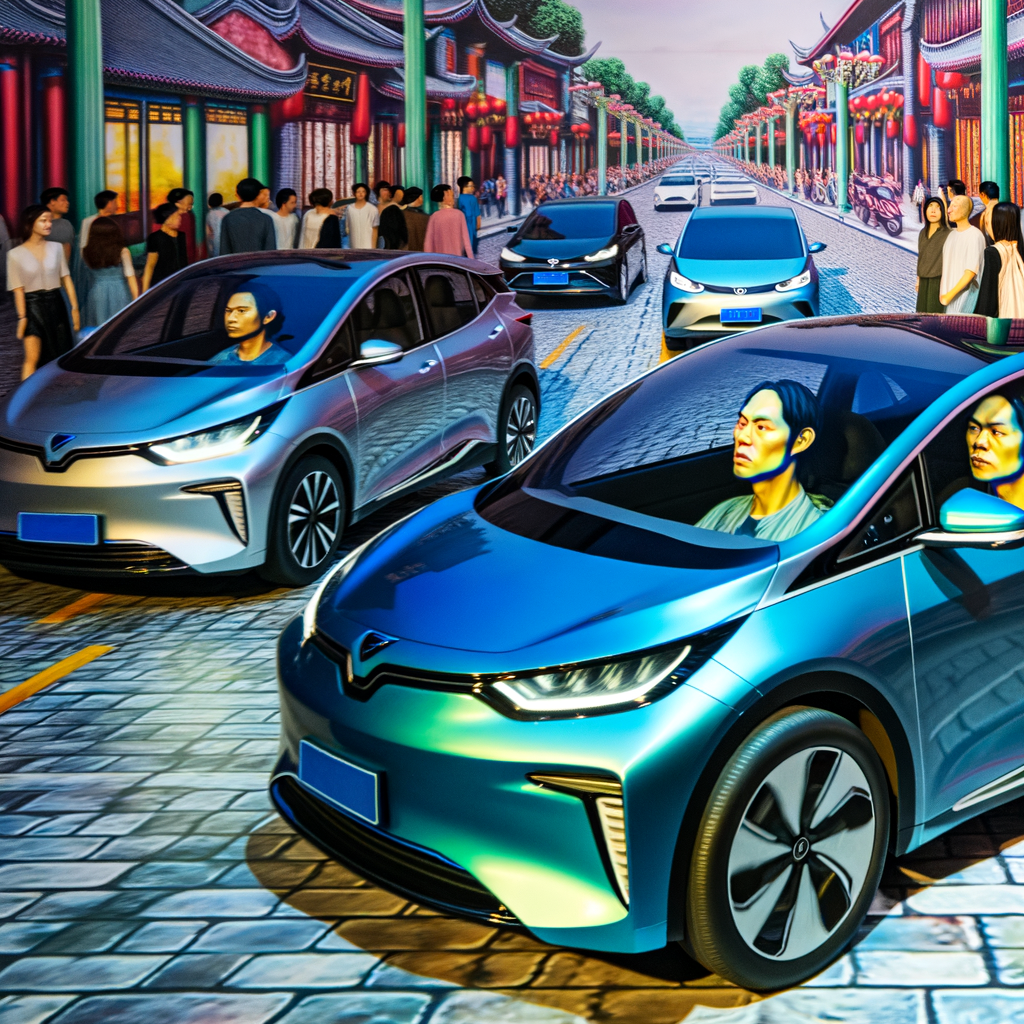
In the heart of the world’s largest automotive market, top brands are fiercely competing to secure their position amidst China’s rapidly growing economy and urbanization wave. This intense market competition is driven by a complex blend of factors, including consumer preferences, technological advancements, and a shifting regulatory landscape that both challenges and propels the industry forward.
Foreign automakers and domestic car brands alike are vying for the attention of the Chinese middle class, whose appetite for vehicles is continually expanding. This demand is not just for any vehicles; there’s a pronounced shift towards Electric Vehicles (EVs) and New Energy Vehicles (NEVs), spurred by environmental concerns and robust government incentives. China’s commitment to reducing pollution and its ambition to become a leader in green technology have made EVs and NEVs particularly attractive to consumers, reshaping market dynamics in the process.
To navigate the complexities of the Chinese market, foreign automakers often enter into joint ventures with local Chinese companies. These strategic partnerships are crucial for several reasons. They provide foreign brands with invaluable insights into consumer preferences and the regulatory environment. Furthermore, they offer a direct channel to tap into the vast Chinese consumer base, leveraging the strengths of both foreign innovation and local market knowledge. This collaborative approach has become a cornerstone for success in the largest automotive market, enabling brands to align more closely with the government’s vision for the automotive industry’s future.
The regulatory landscape in China is both a hurdle and a catalyst for the automotive industry. Regulations governing vehicle emissions, safety standards, and foreign investment in the automotive sector are stringent, pushing companies towards innovation and compliance. At the same time, the Chinese government has introduced a range of incentives to promote the production and purchase of EVs and NEVs, aiming to position China as a global leader in the automotive industry’s electrified future.
Technological advancements play a pivotal role in this competitive arena. Top brands are investing heavily in research and development to introduce cutting-edge features, from autonomous driving capabilities to advanced battery technologies, setting new standards for the industry and fueling consumer demand for high-tech vehicles.
Understanding and adapting to consumer preferences is another key factor for success in China. The burgeoning middle class is not just looking for transportation; they seek vehicles that reflect their status, aspirations, and values, especially regarding environmental sustainability. Brands that can align their offerings with these evolving preferences will find themselves ahead in the race.
In conclusion, competing in the world’s largest automotive market requires a multifaceted strategy. Top brands must navigate the growing economy and urbanization, embrace technological advancements, form strategic joint ventures, and align with government incentives and consumer preferences. Those that can skilfully manage these elements are set to lead in the dynamic and ever-evolving Chinese automotive industry.
In conclusion, the China automotive market, renowned as the largest automotive market globally, stands at the forefront of shaping the future of the automotive industry. Amidst a backdrop of a growing economy, increasing urbanization, and shifting environmental concerns, this dynamic market is characterized by intense competition and rapid technological advancements. Both foreign automakers and domestic car brands are vying for dominance, leveraging joint ventures to navigate the complex regulatory landscape and to tap into the vast consumer base with a growing appetite for Electric Vehicles (EVs) and New Energy Vehicles (NEVs). These trends are further bolstered by government incentives aimed at promoting cleaner modes of transportation.
Understanding consumer preferences and establishing strategic partnerships have become pivotal for companies aiming to succeed in this competitive environment. The emphasis on EVs and NEVs highlights China’s role not only as a consumer powerhouse but also as a leader in the global shift towards sustainable automotive solutions. As the market continues to evolve, driven by technological advancements and changing consumer demands, the importance of agility and deep market knowledge cannot be overstated.
The journey of navigating the largest automotive market is fraught with challenges, yet it offers unparalleled opportunities for those who can adeptly align with China’s vision for a greener, more technologically advanced automotive future. For stakeholders in the global automotive industry, the message is clear: success in the China market requires a commitment to innovation, sustainability, and strategic collaboration. As this market continues to set trends and influence global market dynamics, the world watches and learns from China’s ambitious path towards revolutionizing mobility and automotive technology.
